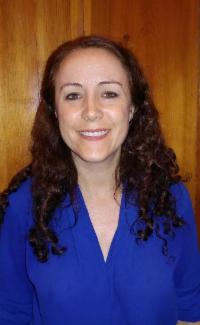 April Westbrook, OT
April Westbrook, OT
Keiser University, Ft. Lauderdale, FL — Grad Date: 12/31/20
Fidelity is a core value of Occupational Therapy. Through trust and loyalty, this value can “spark” others toward healing. In order for patients to open up and allow a therapist to truly impact their lives, they must gather a sense of loyalty and empathy first. This value is paramount in OT and is one that I had to refine within myself prior to jumping into the field. I had to truly trust my passion, dedication, and commitment to learning before making such an immense life change.
I fell in love with Occupational Therapy when a friend of mine introduced me to the field. As I read through the qualities and qualifications of an occupational therapist, I knew that OT would provide me with a unique opportunity to make a difference in the lives of others. It was a pivotal time in my life when I made this career change; I was a mother with three young children who had just undergone a divorce from a ten-year marriage, and I was working as a small business owner where I was unable to make an impact on the lives of others the way I knew that I could. Although it was certainly not an easy time to follow this “spark,” it is one of the most rewarding decisions that I have ever made. Through this decision, I have modeled for my children that you can follow your dreams and make the necessary changes in your life at any point. Through fidelity and dedication, anything is possible.
Upon beginning my career as a COTA, schooling became my full-time job. I would care for my three children in the mornings and evenings, study until midnight, and work my part-time job on the weekends. This dedication afforded me the opportunity to serve the most endearing of people and made me stronger than I ever thought possible. I have practiced the perseverance that I encourage in others and have gained a true insight for empathy.
After working as a COTA for six years, I began to consider making another life change to provide the best possible opportunities for myself, my children, and my future patients. I began to consider becoming an OTR through a bridge over program through Keiser University. I understood that gaining more knowledge in this field would provide opportunities to make a greater impact in my community, one individual at a time. Becoming an OTR meant that I would be able to create goals for my patients that would allow them to become their most successful and independent selves. I sought the opportunity to dedicate myself to my patients through the entire OT process, from evaluation, to creating goals, bonding through treatment sessions, all the way through discharge. This wasn’t within my scope as a
COTA, and I knew that it is what I needed to do to feel fully fulfilled in my career.
The most rewarding opportunity in the field of OT is to become the agent of change in one’s life. It is incredibly humbling to connect with those who are sick or disabled and provide a means to aid in their healing and create change. When an individual looks you in the eyes and says, “thank you for understanding, encouraging me to heal, and getting me to where I am today,” it makes every sacrifice worthwhile.
I have endured many obstacles, and at times, thought the tribulations were too great to persevere through. However, those obstacles became the pivotal points to leading me into this field. I look back at these obstacles and use them as a springboard to provide the most meaningful conversations with my patients. Conversations are driven by empathy, compassion, encouragement, and a “spark” for change in the lives of others. When we fight to endure challenges, dedicate every ounce of ourselves, and then overcome these adversities, it provides a platform to help others through truly understanding by way of empathy and perseverance. Occupational Therapy provides a perfect balance between technical knowledge and compassion through our code of ethics, core values, and standards of practice, all of which come together to empower others.
I am currently working towards completing my degree as a master’s student to become an OTR. It has been a long road, especially while completing my internships in the midst of a global pandemic, but fidelity and perseverance continue to lead the way. Becoming an agent of change for individuals whose voices are not always heard and to physically improve that person’s health, is what makes Occupational Therapy the most rewarding of fields. I plan to address those needs through compassionate service, a holistic approach, creative interventions, local advocacy, and evidence-based practice. I look forward to making a lasting impact in the lives of others by creating a “spark” for healing, hope, and endless opportunities.
I appreciate any support received and am committed to paying it forward through my dedication to serving others through Occupational Therapy



 Next up in the series of interviews of our former DORs turned ED is the one and only Amy Gutierrez! She is not only a former DOR, but served as a Therapy Resource as well. Amy is currently the ED at Treasure Hills in Keystone. She was kind enough to share some of her thoughts with us:
Next up in the series of interviews of our former DORs turned ED is the one and only Amy Gutierrez! She is not only a former DOR, but served as a Therapy Resource as well. Amy is currently the ED at Treasure Hills in Keystone. She was kind enough to share some of her thoughts with us:

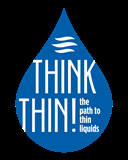
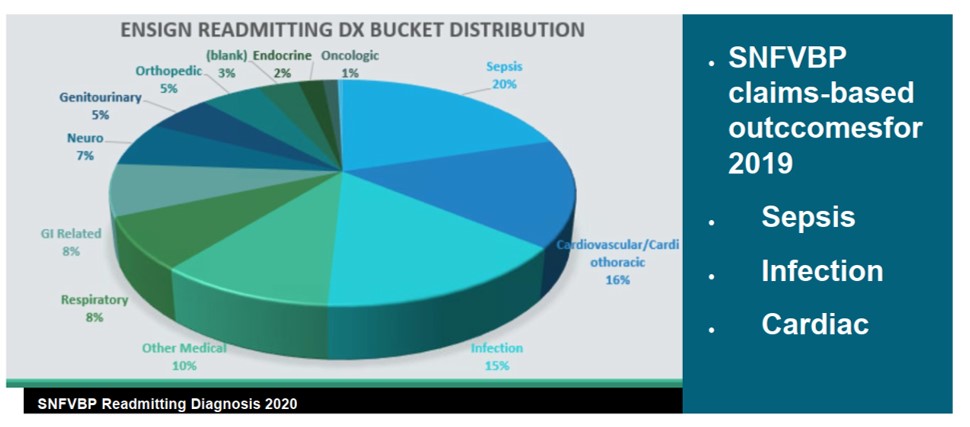
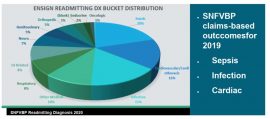 The Mission:
The Mission: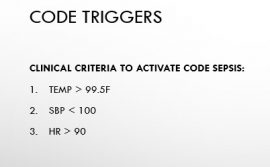
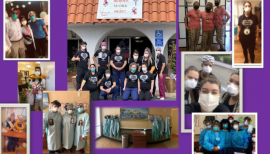 As we persevere through the pandemic, I am often reminded how fortunate I am to have such wonderful teammates. I continue to be the proudest team leader.
As we persevere through the pandemic, I am often reminded how fortunate I am to have such wonderful teammates. I continue to be the proudest team leader.
 Congratulations, Dawn Thompson, DOR, Victoria Post Acute Care — Winner of the Natalie Blasczienski Award
Congratulations, Dawn Thompson, DOR, Victoria Post Acute Care — Winner of the Natalie Blasczienski Award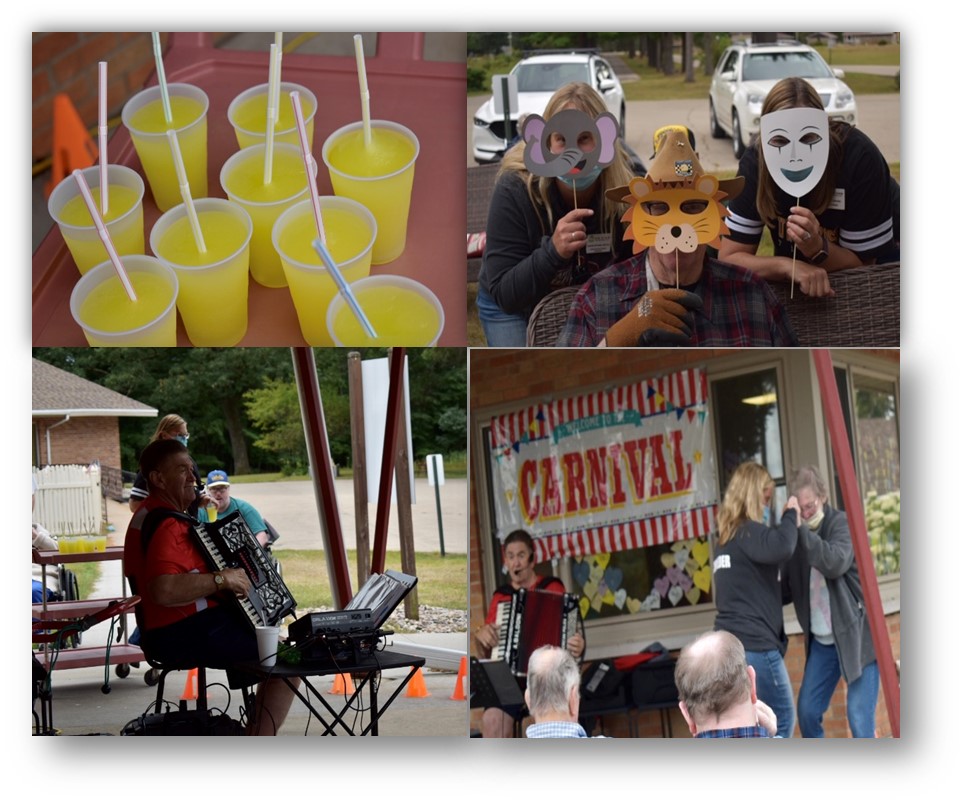
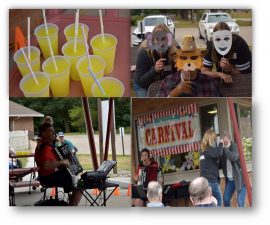 Day 1: Polka music, sun drop slushies, cheese curds
Day 1: Polka music, sun drop slushies, cheese curds 
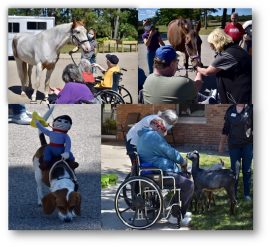 Day 3: Petting zoo with horses, dogs and goats
Day 3: Petting zoo with horses, dogs and goats 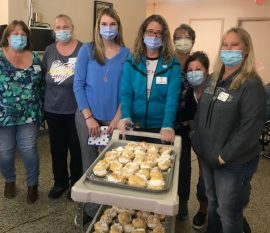
 Day 5: Water Balloons, burger cookout and ice cream bars
Day 5: Water Balloons, burger cookout and ice cream bars